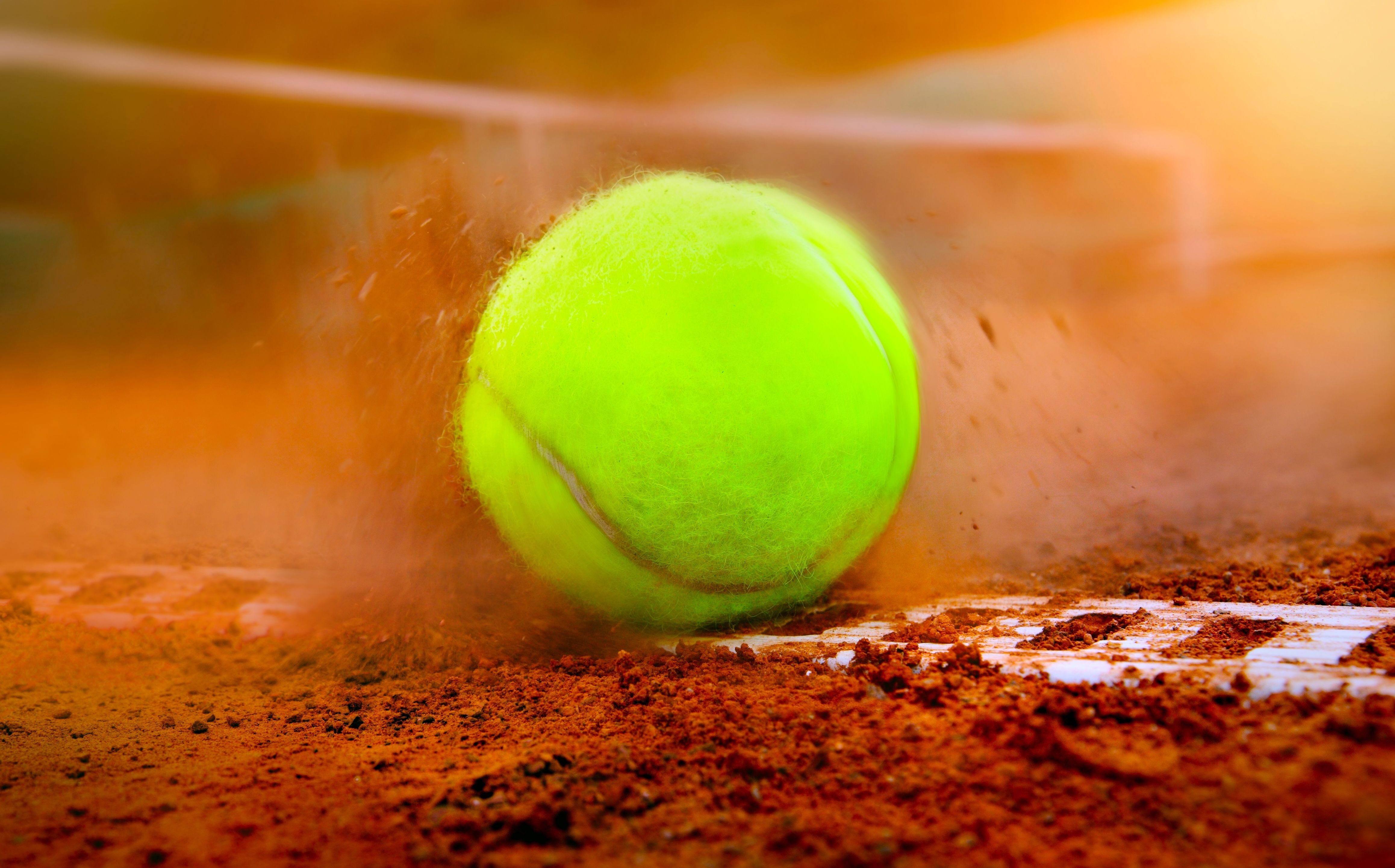While tennis balls today are fuzzy green spheres, various leather ball sports preceded the modern tennis ball. Tennis balls differ substantially from historical leather balls in qualities like:
- Materials – Tennis uses rubber and felt, leather balls were, well, leather!
- Bounce – Tennis balls bounce higher with more deformation. Leather soaked up impact.
- Size – Tennis balls around 6.5cm diameter. Leather balls ranged widely in size.
- Weight – Tennis balls 57-59g. Leather balls tended to be heavier.
- Durability – Tennis balls quickly lose pressure. Leather balls sturdier over time.
- History – Tennis balls evolved from leather to rubber and felt over centuries.
- Speed – Tennis balls can rocket over 160mph serves. Leather balls moved slower.
- Spin – Felt grabs the racket for heavy topspin. Leather had minimal spin capability.
- Cost – Tennis balls are an inexpensive consumable. Leather balls were labor-intensive.
Below we’ll compare how the modern tennis ball differs from historical leather balls sports like jeu de paume, real tennis and early lawn tennis in terms of materials, performance, feel and specifications. The contrasts showcase how ball technology evolved remarkably over the centuries!

Difference in Materials
Modern tennis balls consist of a bouncy rubber core wrapped in fuzzy felt made from fibers and cloth. This gives consistent performance and a gripping surface.
Balls used in ancient precursor sports like jeu de paume were made simply from leather stitched around a compacted hair or cloth interior. Simple but sturdy!
The specialized felt and rubber of today’s tennis balls provides a liveliness and friction well-suited to the modern power game.
Difference in Bounce
Tennis balls have a high, lively bounce thanks to their elastic rubber core and deformation of the felt coating to retain energy.
Leather balls tended to absorb impact more, resulting in a lower, deader bounce. Their all-natural materials didn’t return energy as efficiently.
So tennis balls kick up with pace off the court, while leather balls had a heavier feel off the racket.
Difference in Size
Regulation tennis balls are 6.5-6.7cm in diameter. But leather ball sizes varied widely based on era and sport…
- Jeu de paume balls ranged from 2.5cm to over 15cm!
- Real tennis balls around 7-8cm were common.
- Early lawn tennis balls from the 1870s were up to 9cm in diameter.
Compared to those ranges, the modern tennis ball has a standardized, consistent size optimized for the racket face.
Difference in Weight
Tennis balls typically weigh between 57-59 grams today. Early leather balls tended to be heavier, though weights also varied.
For example, real tennis balls in the 1600s were recorded up to 95 grams – much heftier than the featherlight modern tennis ball!
The light tennis ball aids speed and bounce after a serve or shot. Heavier leather balls relied more on momentum than velocity.
Difference in Durability
A pristine tennis ball loses pressure and goes “flat” quickly after the fuzzy felt wears down from repeated hits. Frequent replacement is needed.
Sturdy stitched leather balls remained usable and held their shape far longer through extensive play. They were built solid to withstand heavy use.
So leather balls required less replacement over time compared to tennis balls’ short peak life span.
History of Ball Types
Tennis balls evolved across centuries from wood to leather Stitchings to rubber cores and modern fuzzy felt coatings as materials science advanced.
Stitched leather balls lasted for centuries from jeu de paume through real tennis and into early lawn tennis origins before rubber arrived.
Both types represent major innovations that shaped the evolution of tennis over history.
Difference in Speed
Today’s fuzzy high-tech tennis balls can reach speeds over 160 mph when struck by elite servers. Their construction promotes velocity.
Old leather balls had slower pace potential in the 30-90 mph range based on reconstructions. Their heavier leather absorbed energy rather than recoiling speedily.
So tennis serves and groundstrokes today are radically faster off the racket face than the leather ball origins.
Difference in Spin Potential
The fuzzy felt of a tennis ball grips the racket strings to impart heavy topspin or slice. Leather can’t create substantial spin due to smoothness.
Modern tennis relies on these spin variations for placement and strategy. Historic leather ball tennis prioritizedtouch and finesse over spin maneuvers.
Manufacturing and Cost Differences
Cheap packs of 3 tennis balls can cost just $2 per ball. New balls are easily mass produced.
Handcrafting leather balls with quality materials and stitching was far more labor intensive and expensive.
Today’s tennis balls are an affordable sporting good. Leather balls required skilled specialized labor.
In summary, while the round shape is similar, tennis balls differ vastly from earlier leather sports balls in their materials, performance, feel and manufacturing. Each represent innovations that redefined the sport through revolutionary designs and technologies!
